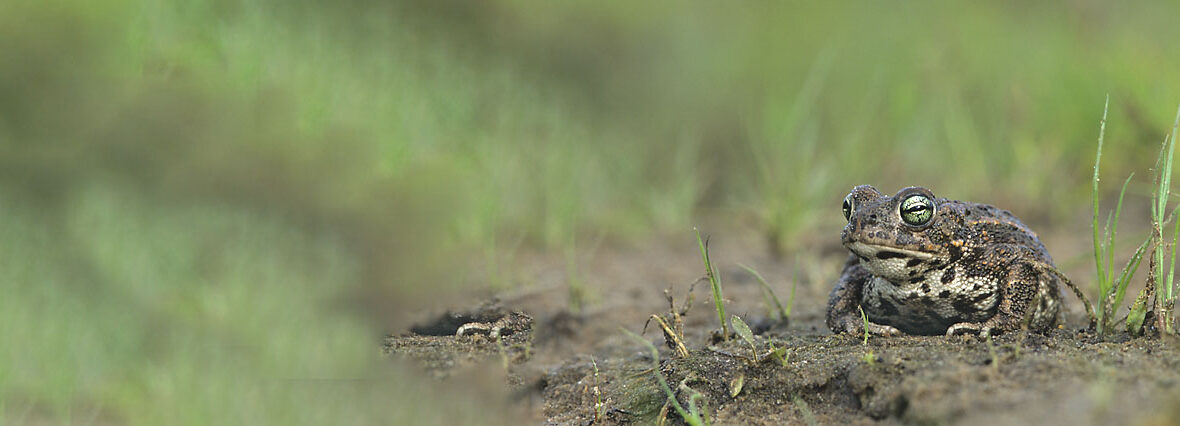
The natterjack toad is native to 17 European countries. These are the only toads native to Ireland. They prefer heathland and sandy habitats. Even though they face the threats of habitat destruction at the hands of logging, mining, and quarrying; tourism; disturbances at the hands of recreational activities; pollution; and climate change, these toads remain listed as Least Concern by the IUCN. Their populations are decreasing though.
First the Stats…
Scientific name: Epidalea calamita
Weight: Up to .67 ounce
Length: Up to 2.76 inches
Lifespan: Up to 15 years
Now on to the Facts!
1.) Natterjacks prey on beetles and other insects.
2.) They are, like other toads, nocturnal (active at night).
3.) Even though they have rather short legs, they are able to travel great distances each night; which lends to their extensive colonization.
4.) Mating season lasts from April – July.
5.) Females lay long strings of eggs in warm, shallow vernal pools.
But wait, there’s more on the natterjack toad!
6.) The female is capable of laying up to 7,500 eggs each season.
7.) Some females spawn up to 2 times each season, but once is the norm.
Did you know…?
They have a rather loud and telltale call that is produced via a vocal sac under their chin.
8.) Like all toads, they possess paratoid glands that produce a milky poison when threatened. This poison is only strong enough to make the toads taste terrible. But it can cause an allergic reaction in pets and humans.
9.) Female toads are larger than males so they can support the weight of the male during amplexus (when the male grasps the female during reproduction).
10.) Due to their short legs, these toads tend to run, rather than jump or hop.
Now a Short Natterjack Toad Video!
Be sure to share & comment below! Also, check out the Critter Science YouTube channel. Videos added regularly!
Want to suggest a critter for me to write about? Let me know here.
Some source material acquired from: Wikipedia & IUCN
Photo credit: Marek Szczepanek



